However, upon my search for Canadian MG and YA titles published in 2017, I was only able to find two titles that fit this category which are Dirk McLean's Team Fugee and Tournament Fugee (Lorimer). This is abysmal. In terms of the picture book category, there were three-- Malaika's Winter Carnival by me (Groundwood Books), Greetings, Leroy by Itah Sadu (Groundwood Books), and Walking Bathroom by Shauntay Grant (Nimbus Publishing). Note: If I am missing any other traditionally-published books in Canada in 2017 written by African-Canadian authors, please let me know.
I do realize that my statements and findings may run contrary to what is popularly thought about Canadian children's literature. Retired Toronto public librarian and author Ken Setterington published an article called "How Canada Publishes So Many Diverse Books" in August 2016 with the School Library Journal. In it, he surveys Canadian children's publishers for how they create diverse books. Such publishers, like Groundwood Books which launched my first picture books, are creating diverse books. There have also been strides in recognizing children and young adult books by First Nation, Métis, and Inuit authors through organizations like CODE. Most recently, Canadian Métis author Cherie Dimaline has received critical acclaim for her young adult novel The Marrow Thieves both north and south of the border. There is also the Festival of Literary Diversity (FOLD) which will take place this May in Brampton, Ontario. Currently in its third year, this event highlights the work of diverse authors in Canada.
However, the authors of Canadian published works about African-Canadians and Black experiences are largely by non-African-Canadians. This is also the case in the United States. However, the difference between both Canadian and American industries is that the need for diversity is more openly discussed, surveyed, and addressed. The US also has several initiatives in place to increase the number of authors of colour who get published and diversify the children's publishing industry, such as We Need Diverse Books, VONA Voices, Kweli: the Color of Children's Literature Conference, and SCBWI Diversity Grants to name a few. The lack of diversity in the creators of children's literature is not a topic frequently discussed. NOTE: I participated in VONA Voices workshop for writers of color and Kweli and applied for a SCBWI Multicultural Work-In-Progress Grant in 2016. Again, this discussion may be a reflection the difference of how race and diversity are addressed in Canada versus the United States but what it does achieve is progress toward greater diversity in children's book creators.
I am often asked how to get published by people of colour who are working on their own stories. I know African-Canadian writers who are, more often, self-publishing their own books, partly as their first choice over traditional publication but also because they have faced rejection from publishers (as is the case with most authors). When we don't create enough opportunities for children's book creators of colour than the numbers of published and diversity of stories is limited.
As a Canadian children's book author who is often the only person of colour in the room and a teacher who has difficulty finding books that reflect the children I teach, I feel that it's time we have discussions about this disparity.
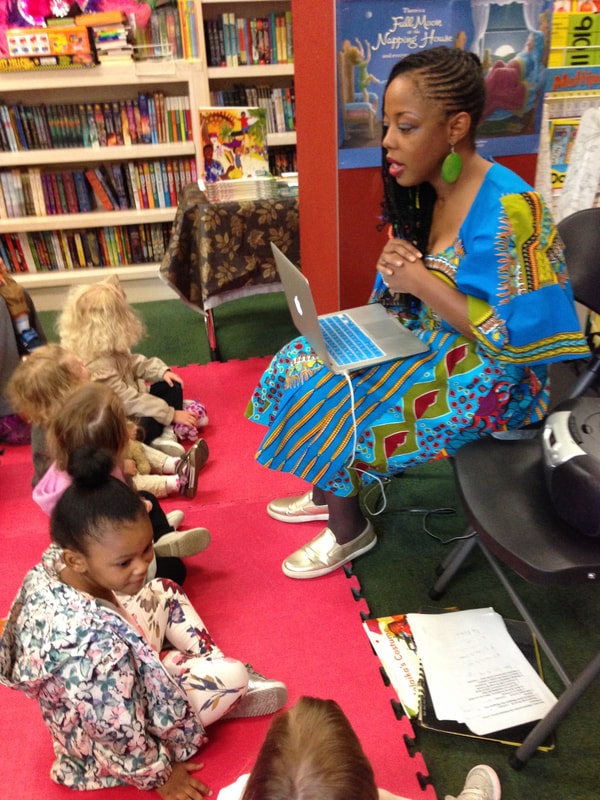
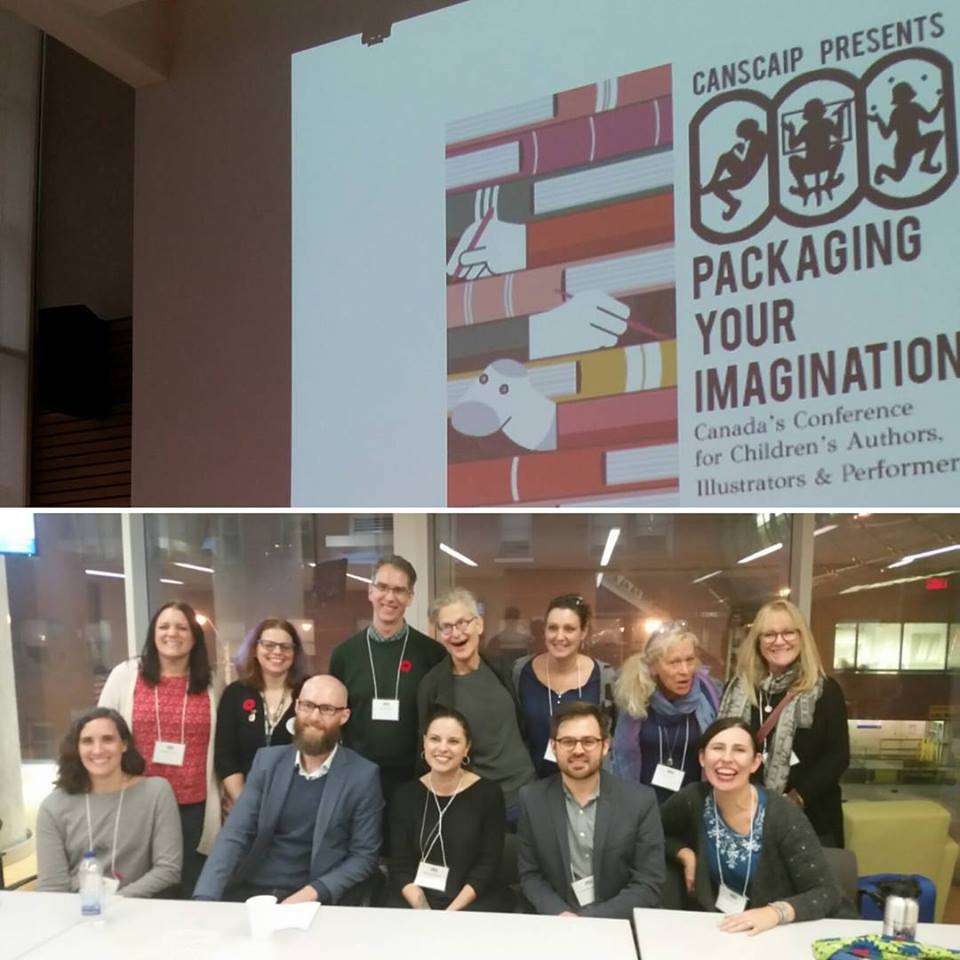
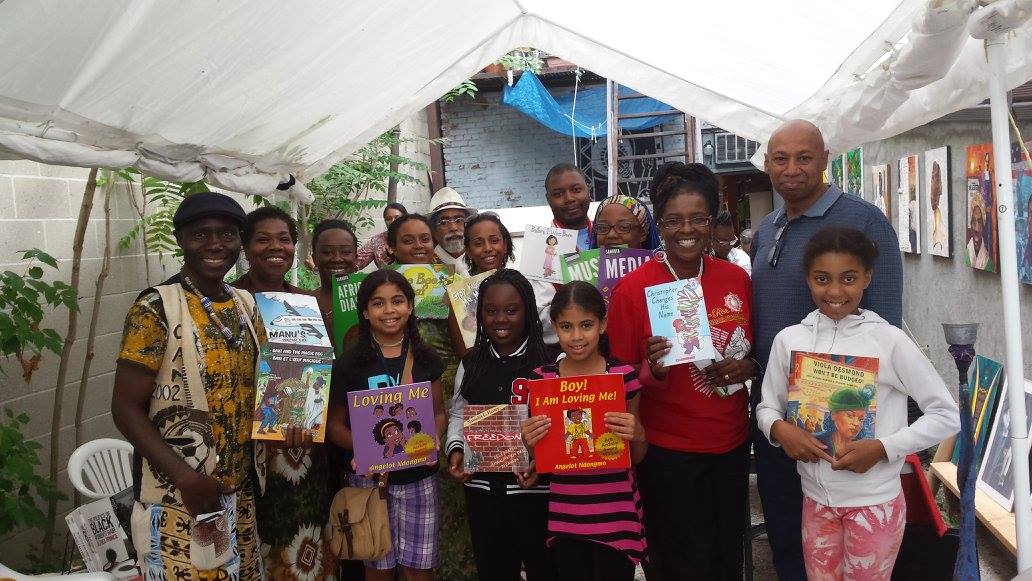
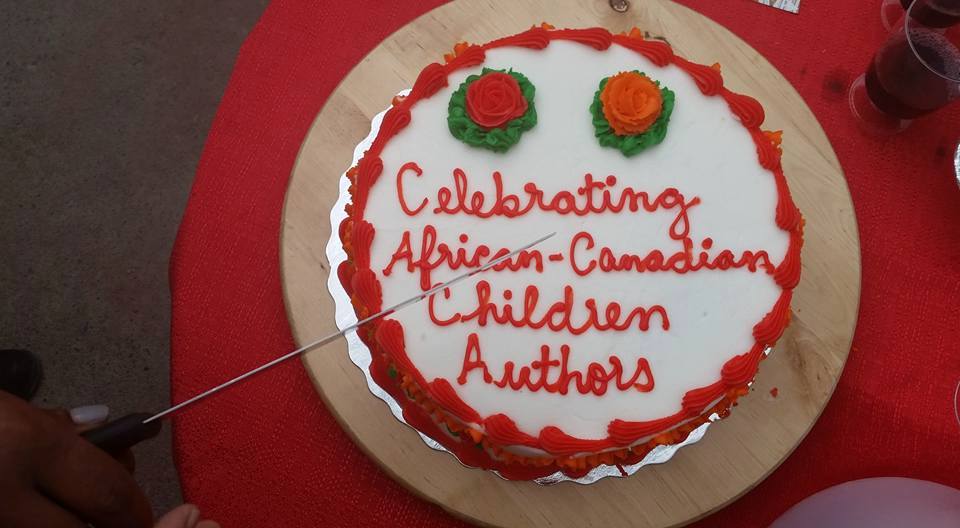
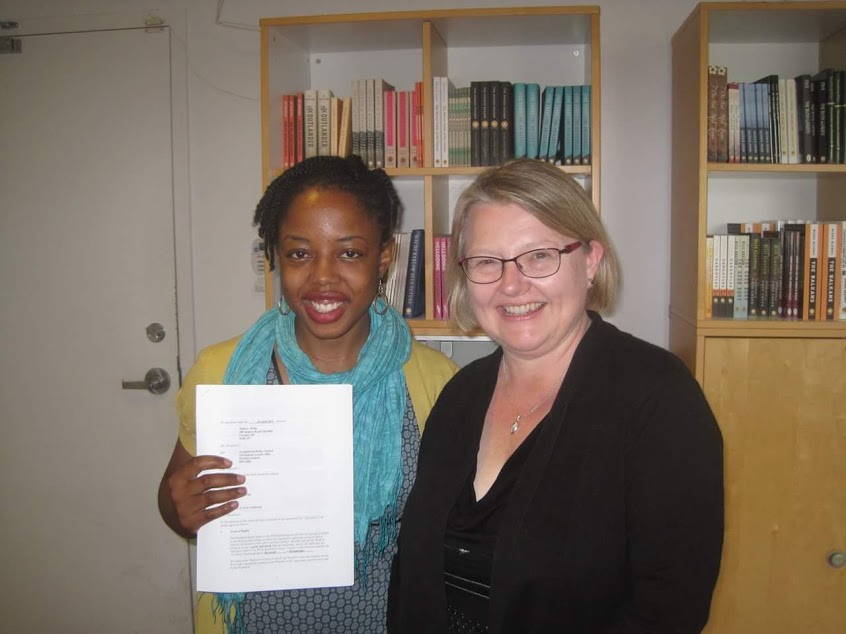
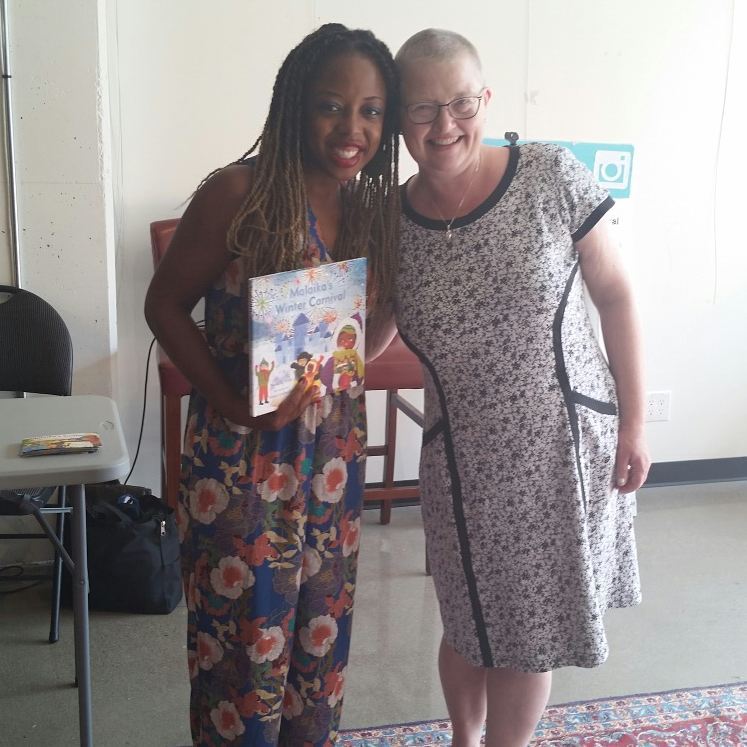
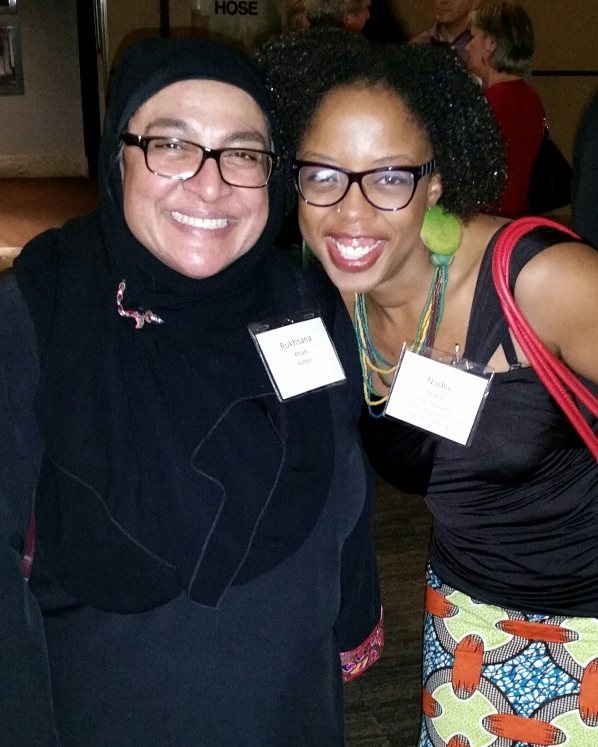
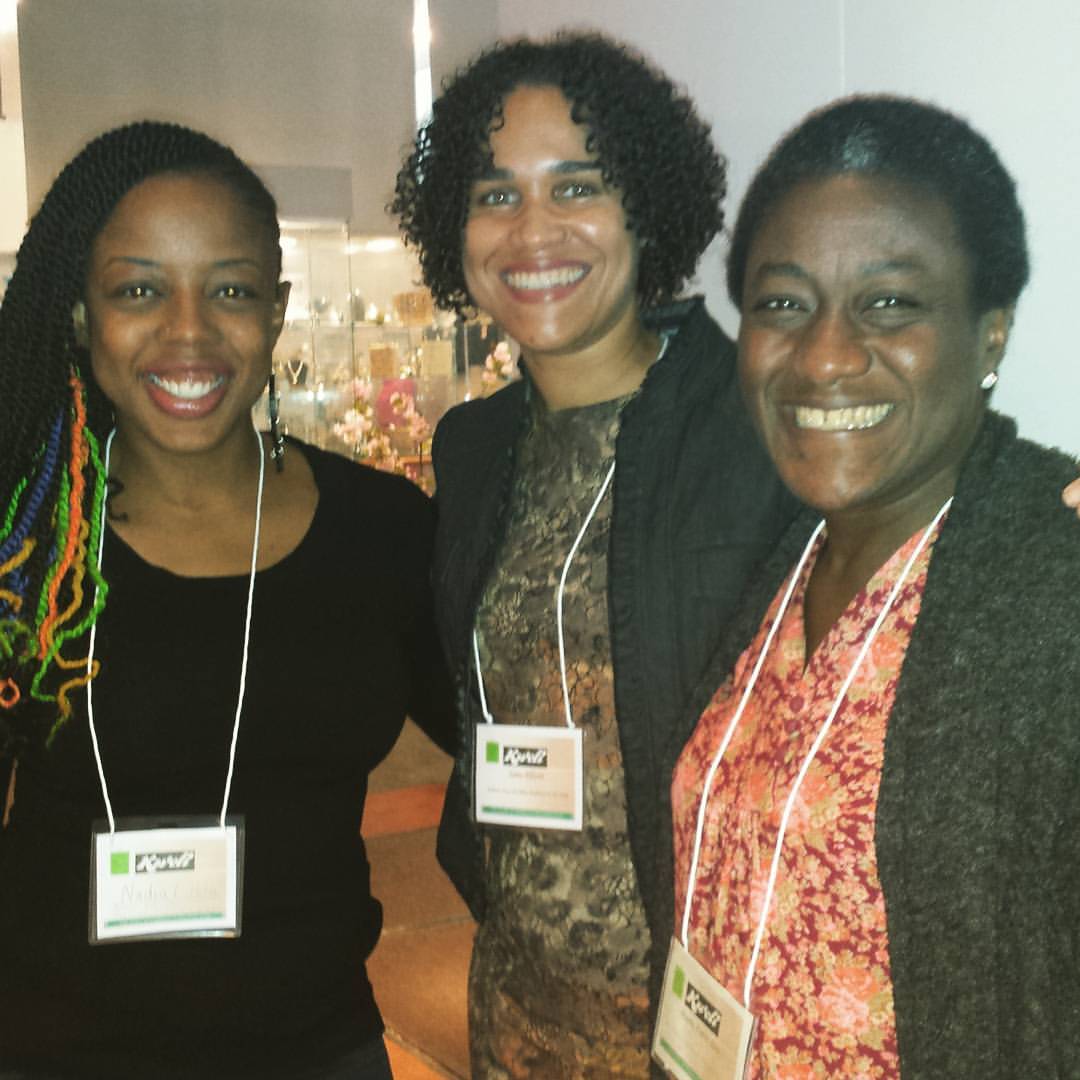
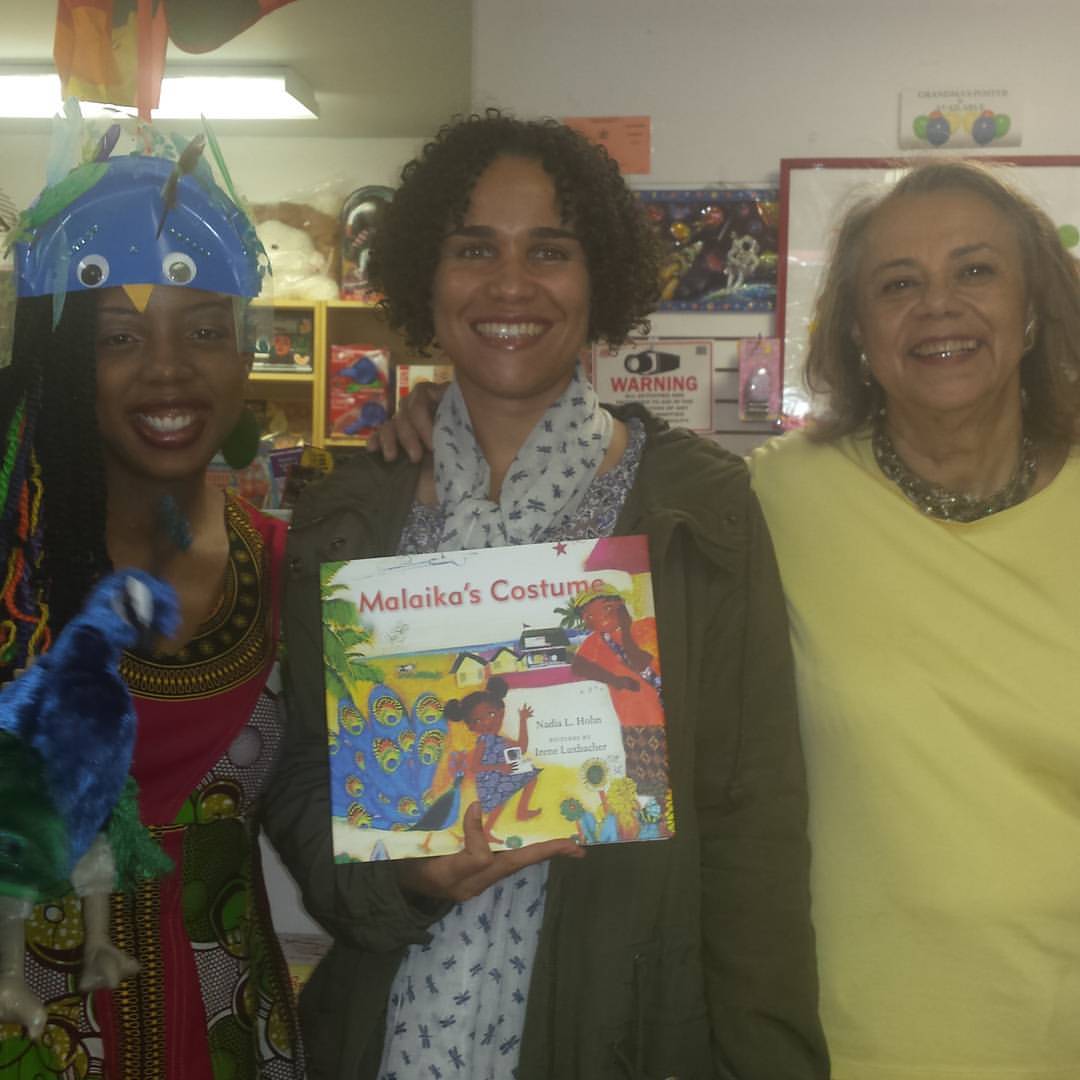
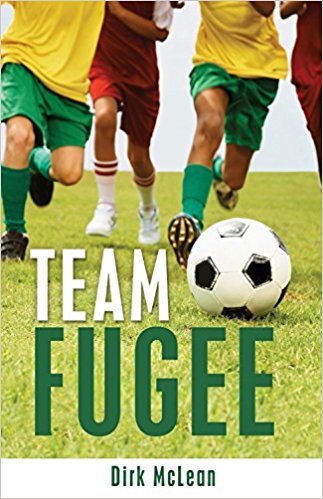

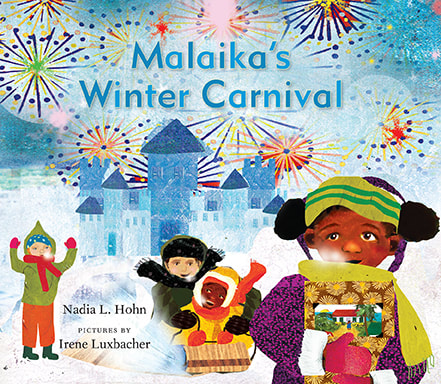
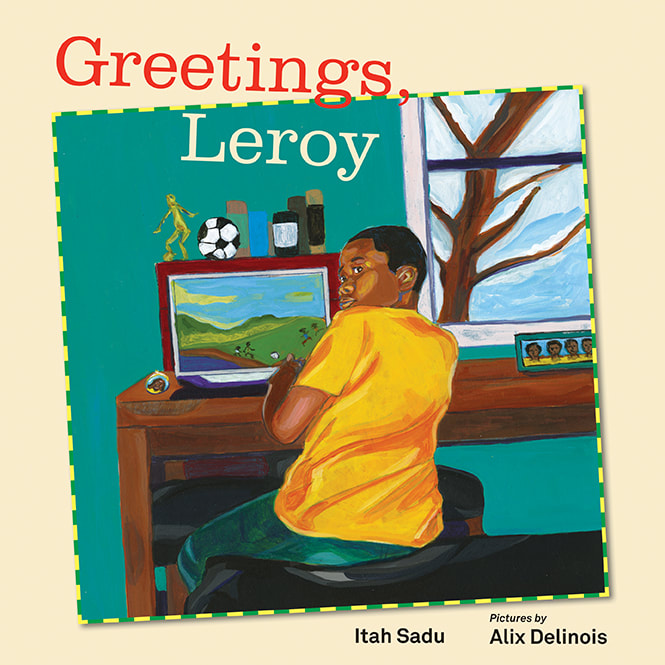
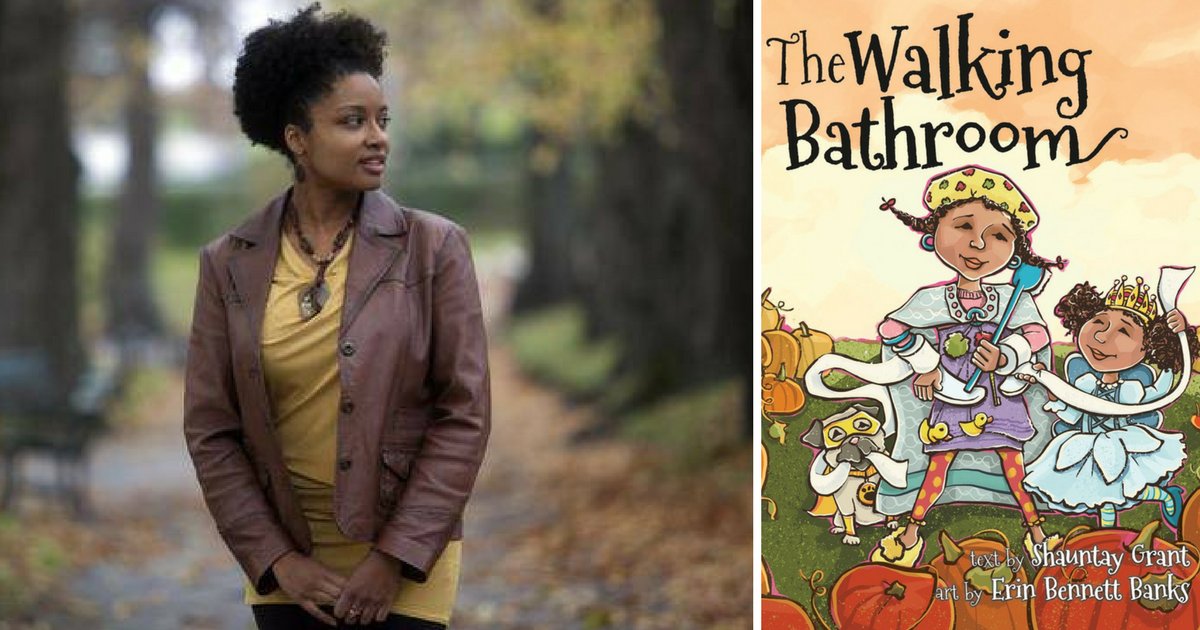
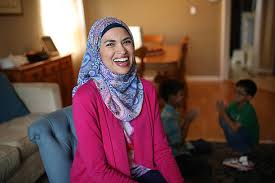
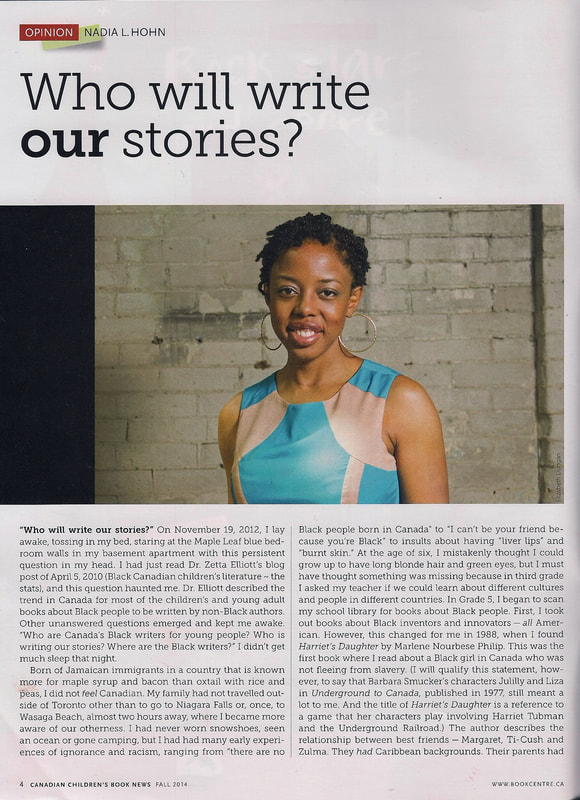
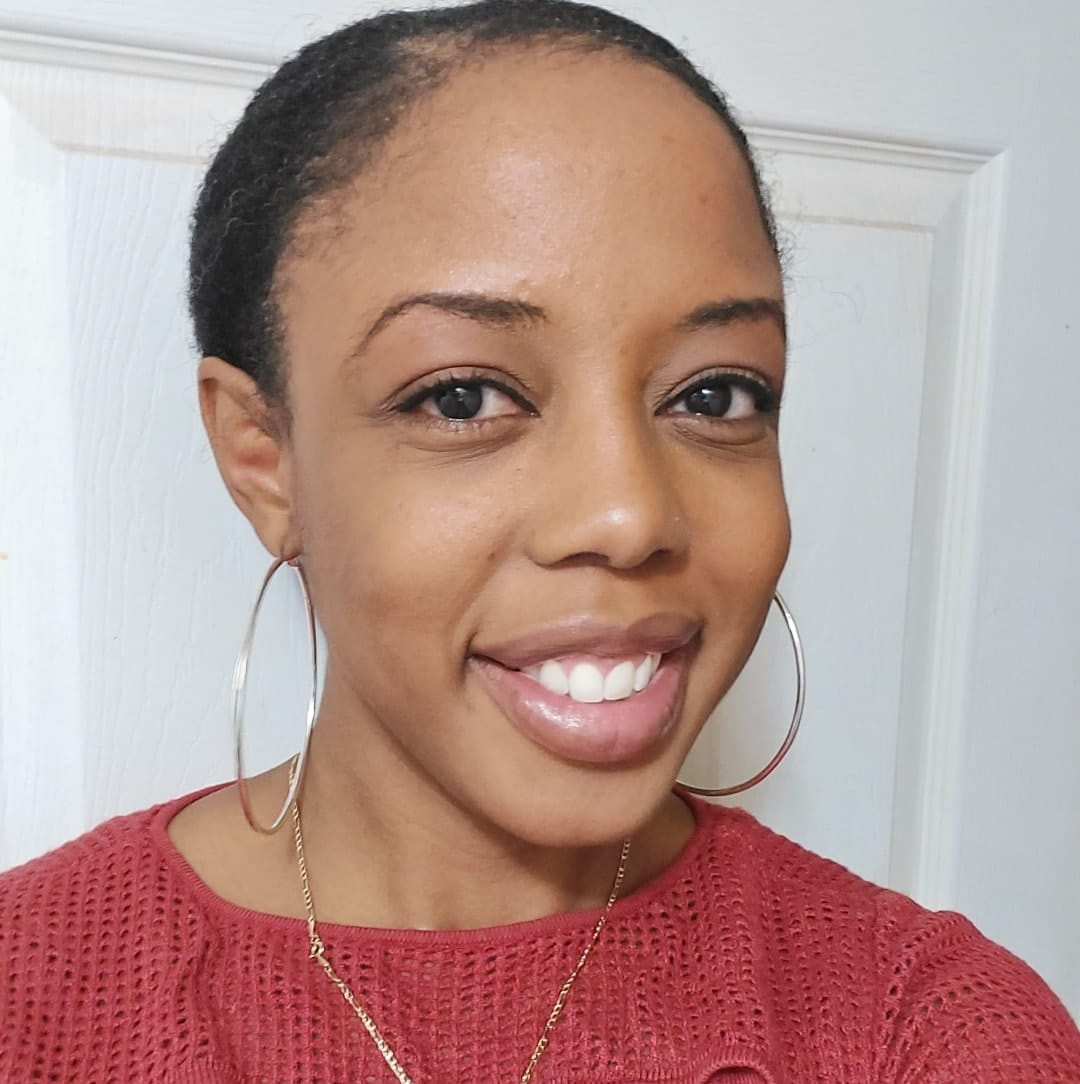
 RSS Feed
RSS Feed